No other modality combines high spatial and temporal resolution so well
By Richard C. Burgess, MD, PhD, and Ajay Gupta, MD
Cleveland Clinic is a non-profit academic medical center. Advertising on our site helps support our mission. We do not endorse non-Cleveland Clinic products or services. Policy
Early recognition of “surgically remediable” epilepsy is critically important. Children usually present with generalized clinical and EEG seizures, and on initial evaluation they may not be considered surgical candidates. Pediatric patients often experience very subtle seizures, even more so for focal seizures. Several papers have demonstrated good surgical outcome in pediatric patients who had focal brain lesions detected on imaging but had generalized EEG abnormalities.1-3 When other neurophysiological tests or imaging studies hint that there may be a focal origin, magnetoencephalography (MEG) can identify the origin of the patient’s epilepsy.
MEG has been found valuable for better localization of abnormal cortical areas, particularly when multifocal or diffuse abnormalities have been recorded on EEG.4-8 In more than 50 percent of patients with nonlocalizing video EEG evaluations, MEG identifies resectable cortical regions.4 Results of the MEG source localization process are co-registered to the patient’s MRI with an accuracy of 3-4 mm (see example in Figure 1).

Figure 1. Findings in a 22-month-old with tuberous sclerosis type 2 and infantile spasms. Previous video EEG monitoring had shown sharp waves in the vertex and parasagittal regions and nonlocalizable seizures. In MEG recordings, interictal epileptiform discharges were found over the posterior quadrants bilaterally (right:left = 4:1) and were especially concentrated in the right temporo-occipital region. (Each yellow circle shows the location of an individual epileptic discharge.)
At Cleveland Clinic Children’s, MEG testing is done without sedation. The apparatus is not claustrophobic, and a parent can remain with the child throughout the exam.9 Continuous head position monitoring and specialized spatiotemporal filtering compensate for patient movement and artifacts, as illustrated by the findings presented in Figure 2.

Figure 2. Although artifacts can contaminate MEG recordings, just as with EEG, patient position is monitored and corrected for 100 times per second, and special spatiotemporal filtering (tSSS filtering) eliminates signals coming from outside the head. These data are from a child who did not sleep during the recording and frequently moved his limbs and torso, producing artifacts, as shown in panel A. The signal after routine tSSS filtering has a high signal-to-noise ratio, allowing accurate source localization.
While many of our youngest epilepsy patients have generalized seizures and therefore seem not to be good candidates for surgery, the superior temporal and spatial resolution of MEG can reveal focal regions of epileptogenicity, thereby altering treatment. The most commonly appreciated challenges to infant MEG are (1) the signal attenuation associated with increased scalp-to-sensor distance and (2) the artifact and location uncertainty created by patient movement. Because these patients are so young, they are unable to follow instructions to remain still, and their small head size allows for considerable range of movement within the relatively large sensor helmet of the whole-head MEG systems now available.
Today, technological advances in MEG have ameliorated the problems accompanying infant recordings, and our laboratory uses the following procedures to optimize the recording environment and signal quality:
These and other improvements have made it possible to record satisfactory MEG studies with epileptic abnormalities in 100 percent of our infant population without sedation or complication, using the conventional adult apparatus.
Cleveland Clinic’s MEG lab has obtained MEG recordings in 18 infants (i.e., < 2 years old); the youngest was only 6 months old. In a study of our infant MEG patients published in 2017,10 epileptic abnormalities were captured with findings that inform the therapeutic decision even more often than in adults.
Cleveland Clinic has performed more than 1,800 MEG scans to identify the epileptogenic zone for presurgical evaluation, with almost 600 of those in children. There is no exposure to radiation or magnetic fields, and likewise no loud noises or disturbances during recording. Moreover, since MEG is unaffected by previous neurosurgical procedures or other alterations of anatomy that distort scalp EEG signals, the accuracy provided by MEG is especially useful in patients with skull defects. Figure 3 shows results of MEG studies in a patient who had undergone two previous neurosurgeries, demonstrating the compensation for change in the patient’s position.

Figure 3. Studies in a 6-year-old boy with a history of Sturge-Weber syndrome, mild left hemiparesis and seizures since age 6 months who had undergone two previous surgeries in the right parietal region. Despite the fact that children’s smaller heads do not fill the recording helmet, there is no loss of MEG sensitivity. MEG studies are usually performed with the head pushed to each side of the helmet for half the recording time (A and B) while the system corrects for head position 100 times per second. The results of dipole localization show a tight cluster in the right superior and middle frontal gyrus, accurately localized irrespective of the multiple skull defects that can be seen on the MRI (C). (Yellow circles show the location of epileptic discharges, and the attached tails indicate the direction of current flow.)
MEG is a noninvasive test that directly records neuronal function using a whole-head sensor array that localizes both normal and abnormal activity — especially epileptic activity. It combines anatomic and functional information. The results of MEG recordings can be presented as functional images, fitted to the patient’s MRI anatomic images, thereby aiding significantly with localization for surgical planning. By employing MEG, clinicians can obtain high spatial and high temporal resolution, a combination that no other modality for studying the brain currently offers.
Dr. Burgess will speak on the use of MEG to localize epileptiform patterns on scalp EEG in one of the sessions at the CME/MOC-certified Cleveland Clinic Epilepsy Update & Review Course, to be held in Cleveland Sept. 22-24, 2018. For information and registration, visit ccfcme.org/epilepsyupdate18.
Dr. Burgess (burgesr@ccf.org) is Director of the Magnetoencephalography Laboratory in Cleveland Clinic’s Epilepsy Center. He is also President of the American Clinical MEG Society.
Dr. Gupta (guptaa1@ccf.org) is Section Head of Pediatric Epilepsy in Cleveland Clinic’s Epilepsy Center and Cleveland Clinic Children’s.
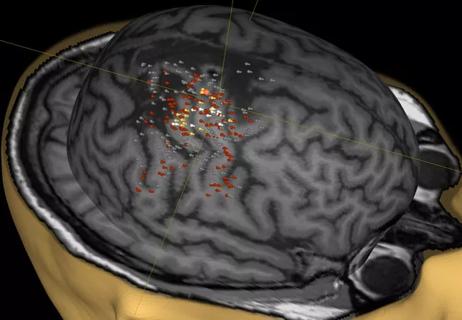
A noninvasive approach to map eloquent areas before surgery
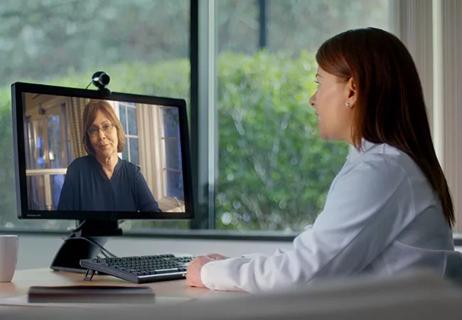
Physician reimbursement policy experts join forces with IT and coders to enable digital transformation

Minority Stroke Program focuses on outreach to racial and ethnic minority communities
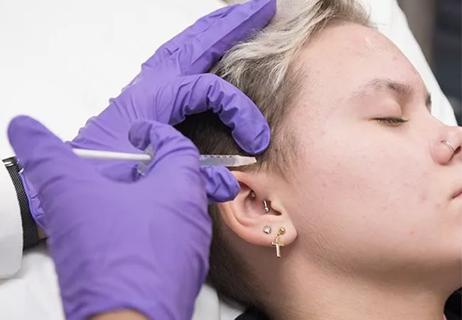
Excellent response seen with ongoing use in patients as young as 11

Q&A with a psychiatrist in Cleveland Clinic’s Transgender Surgery and Medicine Program

Time constraints, language barriers, substance misuse, mood disorders targeted for improvements
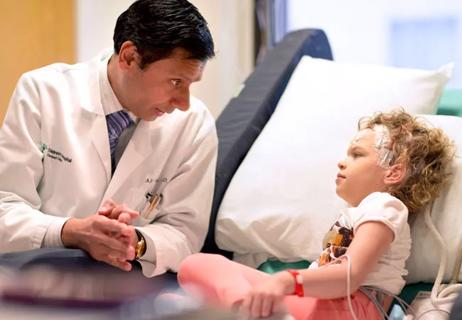
Project draws $1.6M to leverage telemedicine to create medical home, ease transition to adult care
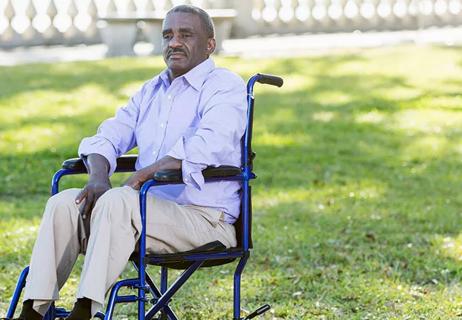
Comorbid depression is only one of the likely warning signs